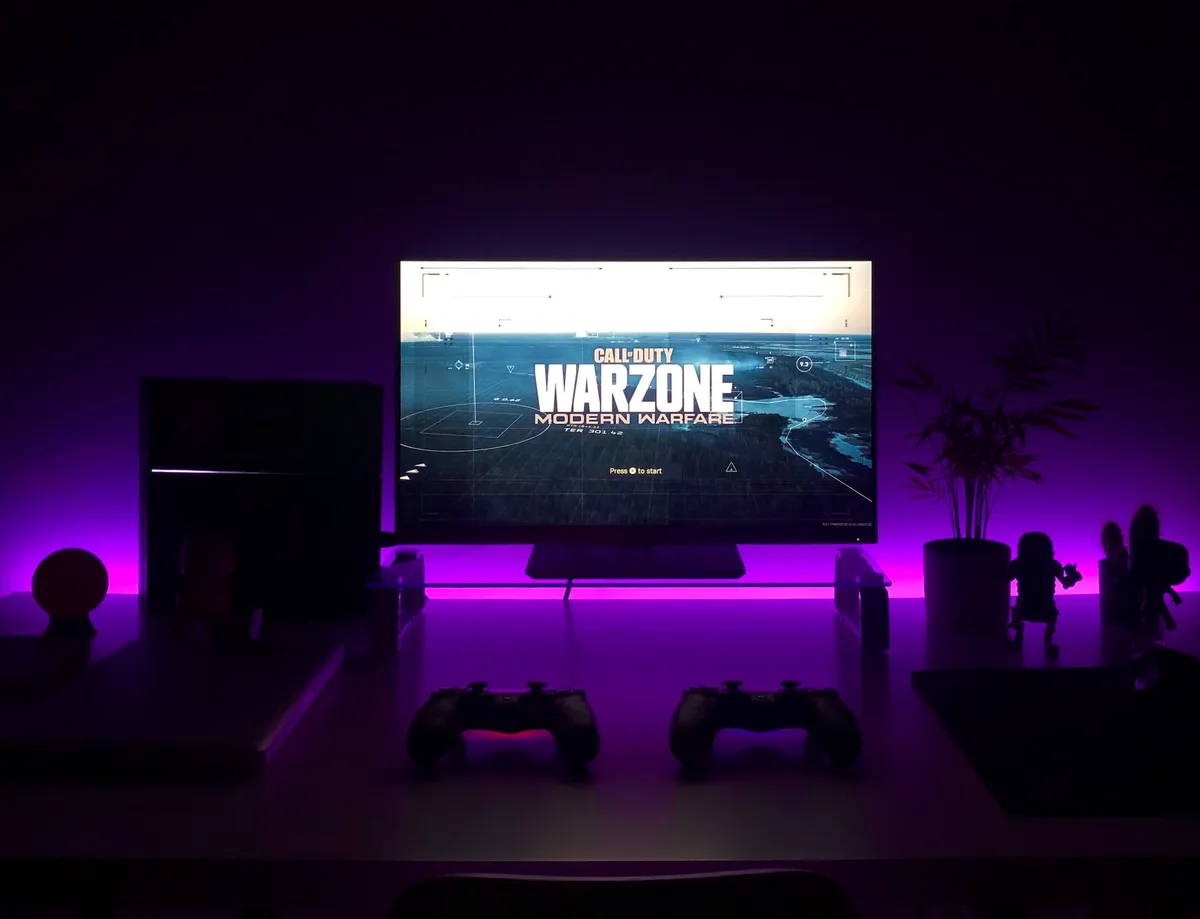Curved vs. Flat Gaming Monitors: Pros, Cons, and What’s Best for Immersion
The choice between a curved and a flat gaming monitor is a debate that has captured the attention of gamers worldwide. Each has its unique advantages and drawbacks, and deciding which is best for you depends on your gaming preferences and priorities. In this blog, we’ll explore the pros and cons of curved and flat gaming monitors and help you make an informed choice for an immersive gaming experience.
Curved Gaming Monitors
Pros
Enhanced Immersion: Curved monitors wrap the screen around your field of vision, creating a more immersive gaming experience. They can make you feel like you’re in the center of the action.
Reduced Distortion: Curvature can help reduce distortion at the edges of the screen, improving visual consistency and reducing image distortion in fast-paced games.
Better Viewing Angles: Curved monitors often offer improved viewing angles, ensuring that the screen is equally visible from various positions in front of the monitor.
Cons
Limited Applications: Curved monitors are primarily designed for gaming and multimedia. They may not be as suitable for tasks that require precise, straight lines, such as graphic design or video editing.
Price: Quality curved gaming monitors can be more expensive than their flat counterparts with similar specifications.
Potential Glare: Curved screens may have more reflective surfaces, which could result in more glare, especially in well-lit rooms.
Flat Gaming Monitors
Pros
Versatility: Flat monitors are versatile and suitable for various tasks, including gaming, productivity, and content creation. They provide a more neutral viewing experience.
Cost-Effective: Flat gaming monitors tend to be more budget-friendly, making them accessible to a broader range of gamers.
Wide Range of Options: You’ll find a vast selection of flat monitors with various specifications, allowing you to choose the one that best suits your needs and budget.
Cons
Limited Immersion: Flat monitors may not offer the same level of immersion as curved ones, as they don’t wrap the screen around your vision.
Potential Distortion: In large flat monitors, you may experience distortion at the edges of the screen, particularly if you’re sitting close to the monitor.
Viewing Angles: Some flat monitors may have narrower viewing angles, which can affect visibility when viewing from the sides.
Which Is Best for Immersion?
The choice between curved and flat gaming monitors ultimately depends on your gaming priorities and preferences:
Choose a curved monitor if immersion and an all-encompassing gaming experience are paramount to you. Curved monitors excel in creating a sense of depth and involvement in games, particularly when playing titles with expansive landscapes or intense action sequences.
Opt for a flat monitor if you prioritize versatility and budget-friendliness. Flat monitors are suitable for a wide range of tasks, including gaming, work, and content creation. They often offer a more neutral viewing experience, making them an excellent choice for gamers with varied interests.
Conclusion
Ultimately, the “best” choice is subjective and varies from gamer to gamer. Some players swear by curved monitors for the heightened immersion they provide, while others prefer the versatility and cost-effectiveness of flat monitors. Consider your gaming preferences, budget, and the types of games you play most frequently when making your decision. Both curved and flat gaming monitors have their place in the gaming world, offering unique experiences tailored to different needs.



